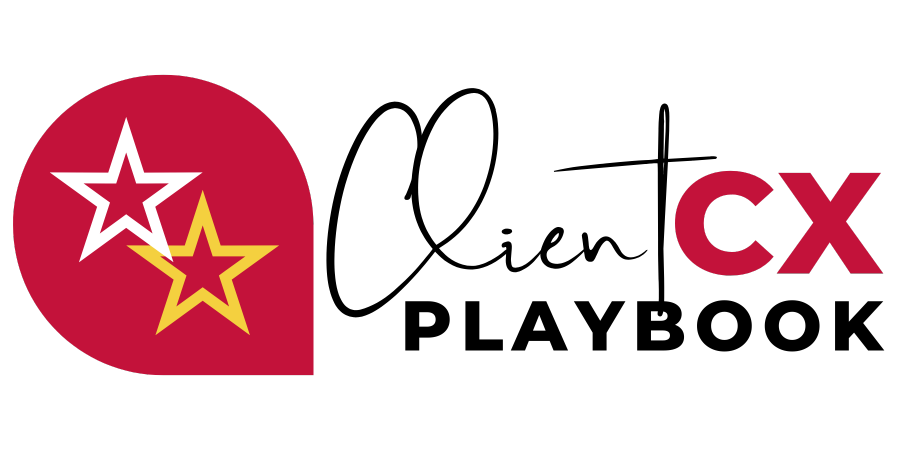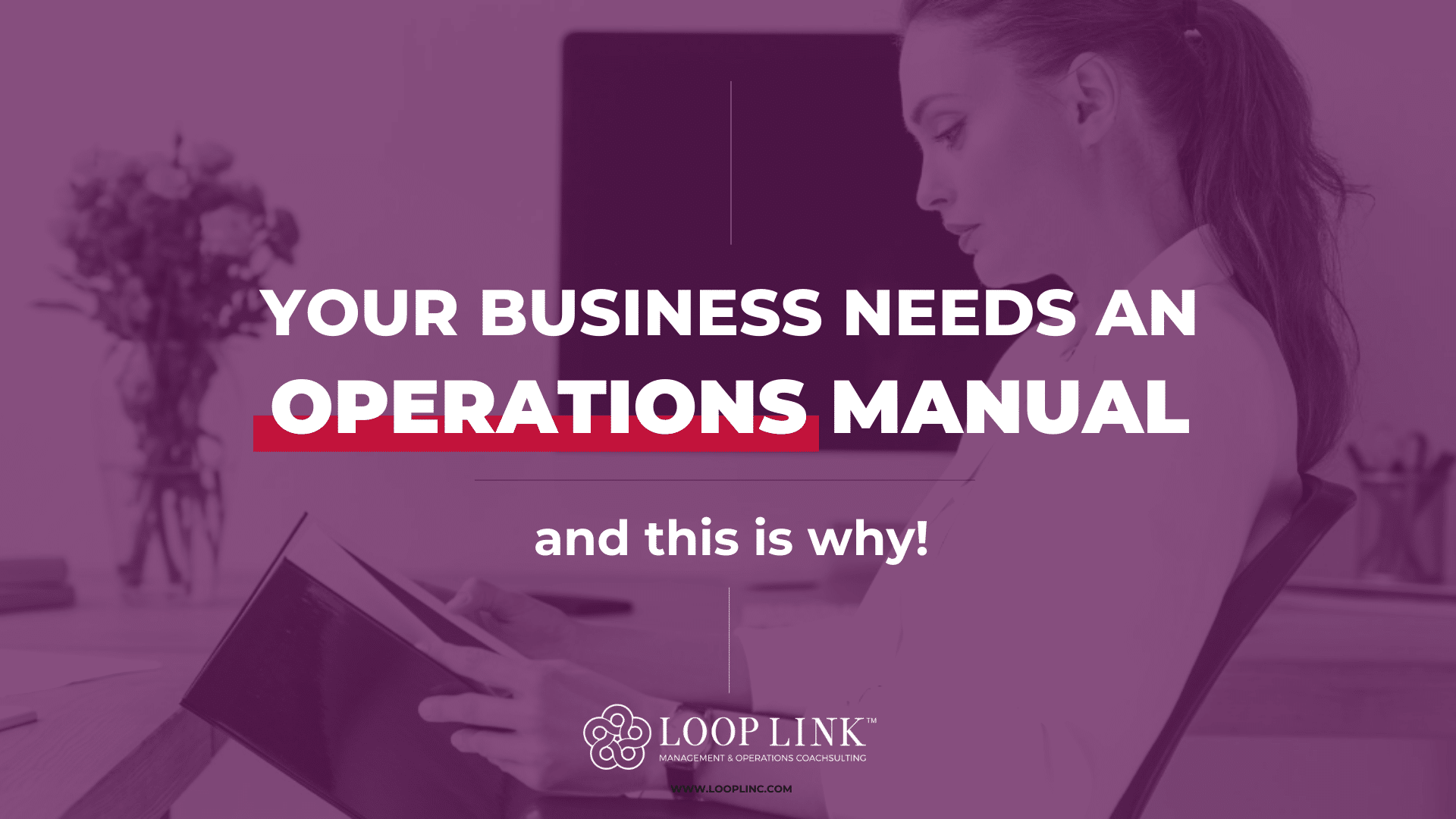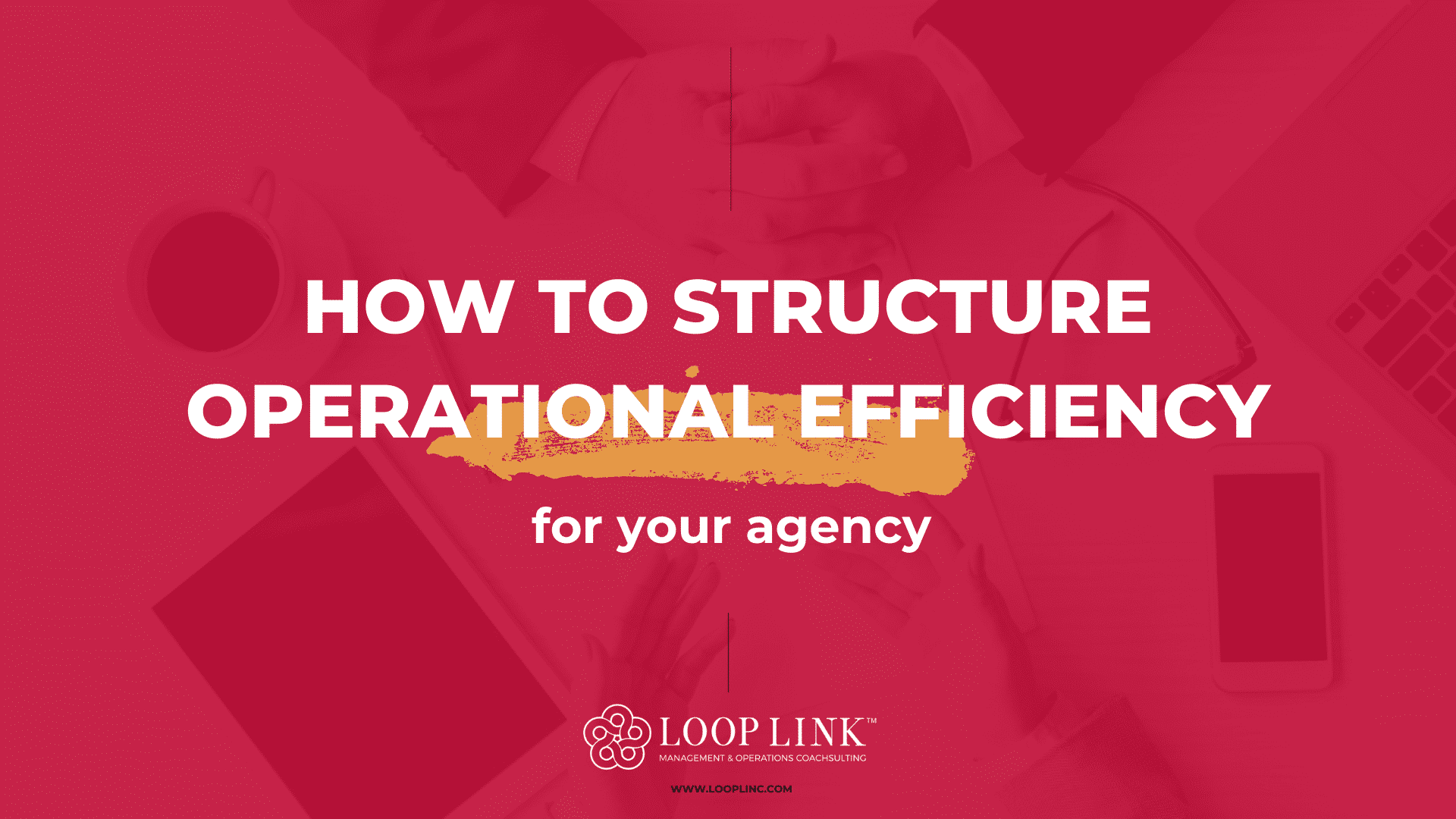Creative CEOs, consultants, and agency owners often struggle with the hiring process. To them, business is about more than simply generating revenue. It’s about pursuing their passion and making an impact.
Ultimately, they have a deep, profound connection to the “why” of their work, which makes trusting others with their mission and vision extremely nerve-wracking.
If you’re a creative CEO, you likely know this feeling all too well.
It’s not that you don’t need the help (there’s no denying that)— it’s the fact that you need the right person, with the right skills, who will uphold your standard of quality and treat your clients with the utmost respect and care.
You keep thinking, “If only there was a foolproof strategy that would allow me to start hiring with confidence”.
Well, there’s definitely a way to improve your chances! And it all starts with a capability gap analysis.

What is a Capability Gap Analysis?
A capability gap analysis is the process of identifying skill gaps within your business for the purposes of determining what additional aptitudes are needed to achieve your operational goals and maximize efficiency.
What are the Benefits of a Capability Gap Analysis?
There are a number of benefits that come with identifying capability gaps, all of which can be filed under one umbrella phrase— hiring with confidence.
Let’s take a closer look at each benefit and how it contributes to a more reliable hiring process.
1. Improved Training Processes
In many cases, we aren’t able to adequately train our new hires until we learn how to identify skill gaps. We may be under the impression that employees are being given all the information they need to succeed in their roles when, in actuality, they aren’t.
By looking at why team members aren’t performing as well as we’d hoped, and where, specifically, they are struggling, we can offer additional training and move forward with confidence.
2. Accurate Skill Disbursement
Hiring the best team isn’t just about finding the right skills. It’s also about making sure those skills are utilized in the right places.
It’s not uncommon for creative CEOs to overlook (or be completely unaware of) the need for specific skills in certain departments or teams within their company.
Take management skills, for example. We may assume that these skills are only needed at the executive level. But these team members are often inundated with big-picture duties, leaving them with minimal time to address concerns on a project level.
Thus, in this case, it would be advisable to hire a project manager who could provide your operation-level employees with the guidance and oversight they require to thrive in their roles.
3. Refined Corporate Structure Planning
Mapping out your desired corporate structure before you onboard a new team member is one of the most important hiring best practices to adhere to.
Doing so allows you to maintain a clear vision of how you want your operations to function and who you’ll need to execute your plan accordingly.
A capability gap analysis will inform you which positions are needed most urgently, and provide you with a defined list of competencies you’ll need your chosen hire to bring to the table.
By planning your corporate structure based on verifiable data, you’ll be ensuring you can grow your team sustainably— leading to long-term success.
4. Reduced Stress on HR
Human resource professionals have a lot on their plate. They’re writing job descriptions, updating policies and procedures, completing new hire paperwork, explaining benefits, and so much more.
So, why add more stress to their plate?
Even if you haven’t reached the point where you have a dedicated HR person and you’re managing these responsibilities yourself as a creative CEO, identifying capability gaps can make your life easier.
Knowing precisely what you need in advance will allow you to weed out resumes that aren’t a match, conduct more effective interviews, and compose more accurate job descriptions.
Don’t create more work than is absolutely necessary!
5. Confidence That’s Off The Charts
This is the greatest benefit of a capability gap analysis. By taking the time to study the current state of your organizational structure and employee competencies, you are able to make more informed hiring decisions and avoid costly mistakes.
Soon, you’ll be recruiting with certainty and selecting team members that perfectly align with your needs and vision for the future.
Remember, it all starts with making capability gap analysis one of your most-used hiring best practices and ensuring you conduct one each time you’re looking to bring someone new onboard.
Your Move
Interested in learning how to identify skill gaps? I highly encourage starting with this tutorial from Workable. II’ve found it to be a great go-to for my own business!








